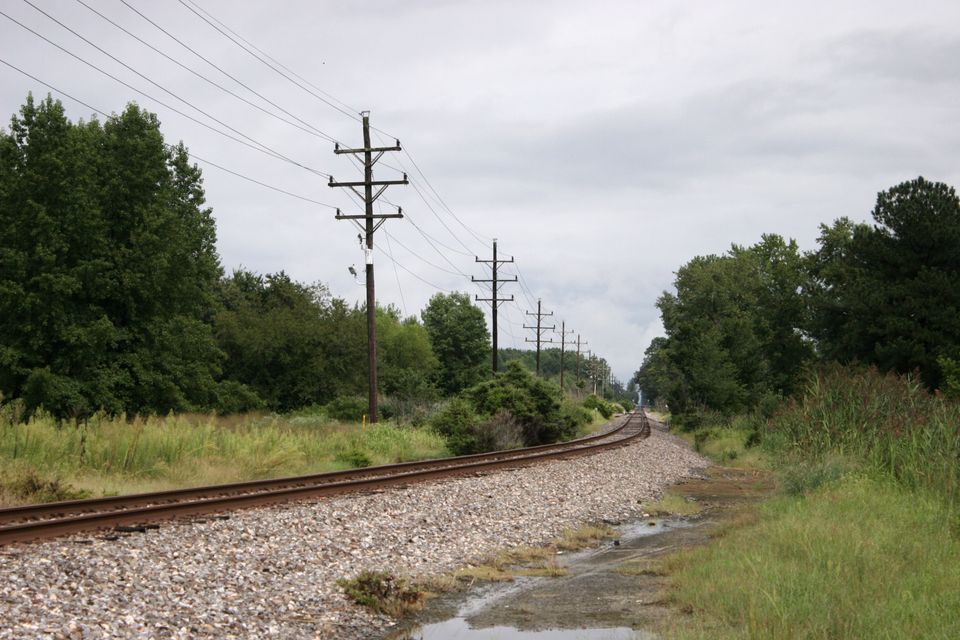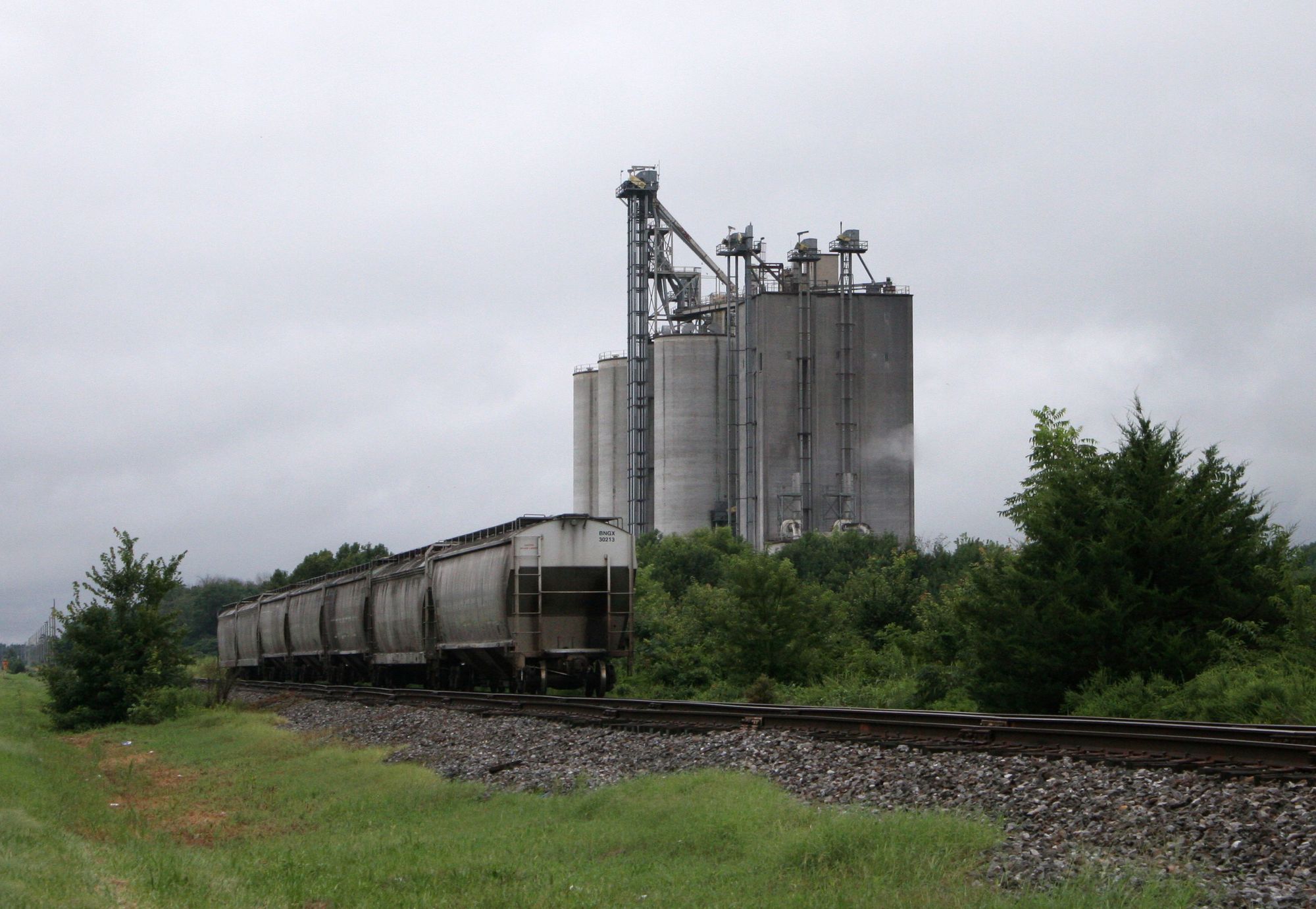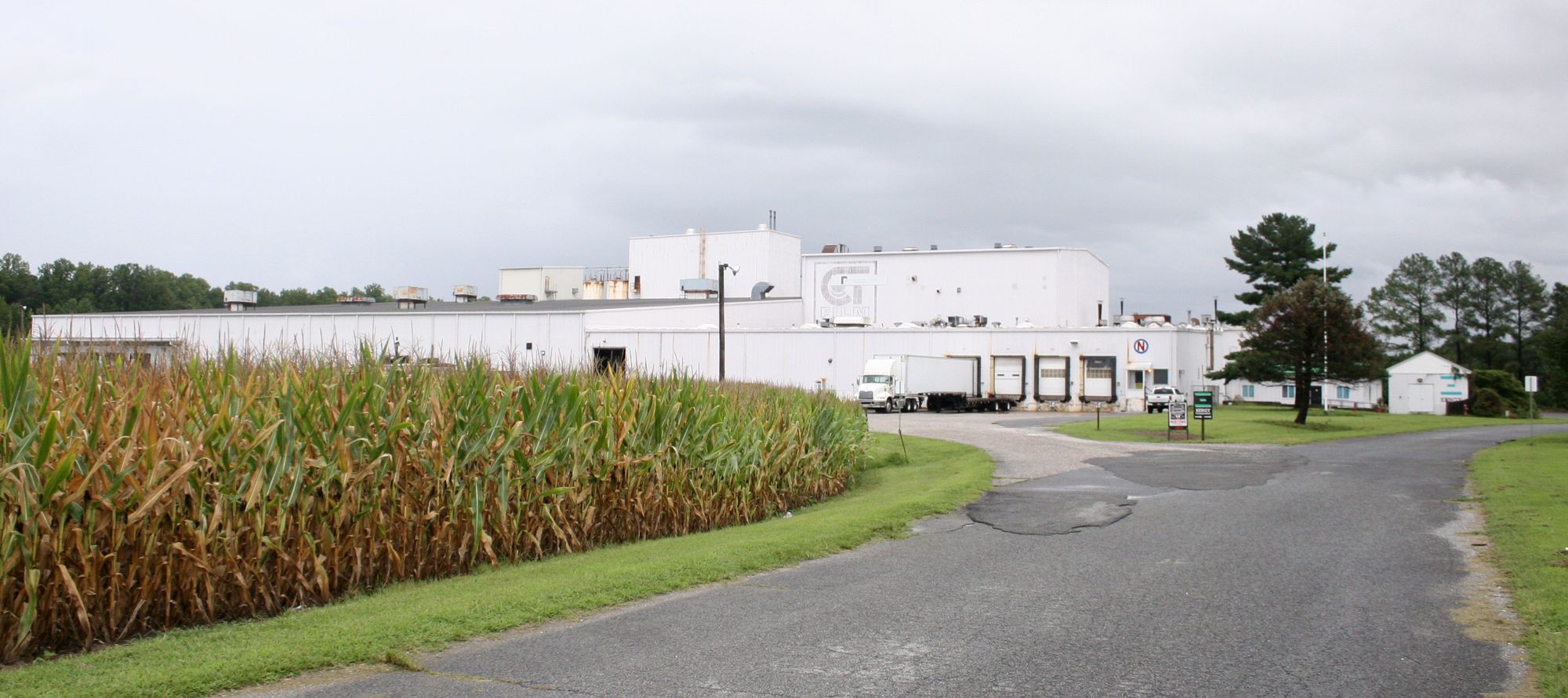Can Harrington make itself a railroad hub?

To grow their economy, Harrington leaders are looking to the railroad. And yes, they’re aware it’s not 1860.
Many small towns on Delmarva were built along railroads. With the fading of passenger rail and advent of trucking, rail lost some of its clout, but many tons of freight still move each year in Delaware along miles of active lines and Harrington aims to take advantage of that.
The city is planning a new industrial park and rail hub on the east side of Route 13, just north of the fairgrounds, that will require about $20 million in public investment. The idea is to extend Clukey Drive through about 131 acres owned by the city and a couple of businesses, taking advantage of the existing rail line and adding more rail access to the property.
Harrington is already a crossroads, City Planner Karen Brittingham said, pointing to truck routes like Route 14 running east and west with access to Route 113 and Route 1, and Route 13 running north and south.
“We definitely are very excited about it,” she said.
The plan is to market the hub to manufacturers or other businesses who need access to rail. A lot of the rail traffic would probably bring freight into the hub, and trucks could then ship it from there, according to a draft study commissioned by Harrington and the Dover/Kent County Municipal Planning Organization. The study calculates a lot of the goods would be taken south to Maryland’s Eastern Shore.

“This is going to be a real gem in the southern part of our county,” Linda Parkowski, executive director of the Kent Economic Partnership, said. This would be the only industrial park with rail access in Kent County, she said. “Harrington’s uniquely positioned because they have 130 acres along the rail.”
The project is calculated to bring in as many as 700 jobs, and Brittingham thinks that’s a conservative estimate. Parkowski agrees.
Even 700 would be a huge total for Harrington. The city currently has about 1,650 jobs, according to an estimate from Data USA using census data, so 700 would add almost half again as many.
New to this site? Here's how to subscribe
A whole string of towns in the area are dotted along the rail line, including Harrington. Originally an intersection known as Clark’s Corner, the town began to grow after a railroad junction was built in 1856, according to the city website, which says the community was named after Samuel M. Harrington, the chancellor of the Delaware Railroad. (Felton, a few miles to the north, named itself after Samuel M. Felton, the president of the Philadelphia, Wilmington and Baltimore Railroad, in 1856 per Felton’s website. It was a good time to be a Samuel M.)
The first railroad in Delaware began operations in Delaware in 1831, and the north-south Delaware Railroad was finished in Delmar in 1859, according to John Munroe’s “History of Delaware.” Rail was a big part of the agricultural development of southern Delaware, including the rise of canneries and the flourishing of the peach industry, which in 1875 shipped 5 million peach baskets to market via the Delaware Railroad.

Harrington’s plan for investment in the modern railroad is made a lot easier not only by existing rail access, but by the zoning — the parcels are already zoned for manufacturing or industrial park use. Also, property owners are on board and have been part of the planning.
“Sometimes those (factors) are the impediments to projects, the things that take a long time to work through,” said Marilyn Smith, executive director of the Kent Municipal Planning Organization, which is helping coordinate the efforts for the hub. “But I think in this case, at least, it appears that they won’t have some of those challenges.”
Is railroad a good bet, though, in the 21st century?
“I absolutely think that rail will definitely play a part in the future of Kent County and in the future of manufacturing and logistics and distribution,” Parkowski said, not mincing words.
“If you’re handling a lot of bulk, it’s definitely cost efficient,” she said.
“We’ve already gotten a tremendous amount of feedback,” Brittingham said, from people who want to know about the option and are ready to use it.
“I think there’s a lot of renewed interest in rail,” Smith said. A new study is underway looking at available land in Kent County next to rail corridors. “From an air quality standpoint, and from a traffic reduction standpoint, rail can be and is a very viable and economic alternative to just more trucks on the road.”
One problem in many communities, she said, is that people didn’t see the potential for rail and a lot of that land is taken up by housing and other uses that cut off access. Harrington does not have that problem.
The site is fairly quiet now, with cornfields and woods surrounding a couple of industrial sites where Clukey Drive dead ends. It would get quite a bit busier if these plans go through.

The study estimates the potential for up to 1,500 to 2,000 rail carloads a year at the site, which would be 200,000 tons of freight, loaded onto about 7,000 to 10,000 trucks per year. There’s the potential for about 750,000 square feet of industrial building space.
All of this will not be cheap. The study estimates a cost of $5.3 million in property work like roads and water and sewer lines, and $15 million for the rail terminal work. The study identifies several different options for state and federal grant and loan money, which the town will begin looking into.
As far as increased truck traffic going out onto Route 13 is concerned, the study noted that work would be needed at the intersection to allow for the change, including modifying the median between north and south 13. The study estimated what traffic would be in the area in 2030, calculating that wait times for various turns and intersections would increase by several seconds. But most of that came from calculating in 10 years of “background growth,” or the amount traffic would have risen anyway, according to the study.
Brittingham hopes to get moving fairly quickly on the project, rolling it out over the next couple of years.
The work could be speedy, Smith said, depending on funding. “I think that (Harrington is) very anxious to aggressively pursue this project.”
The rail hub is “such a huge win-win, and bringing rail back is great,” Brittingham said.